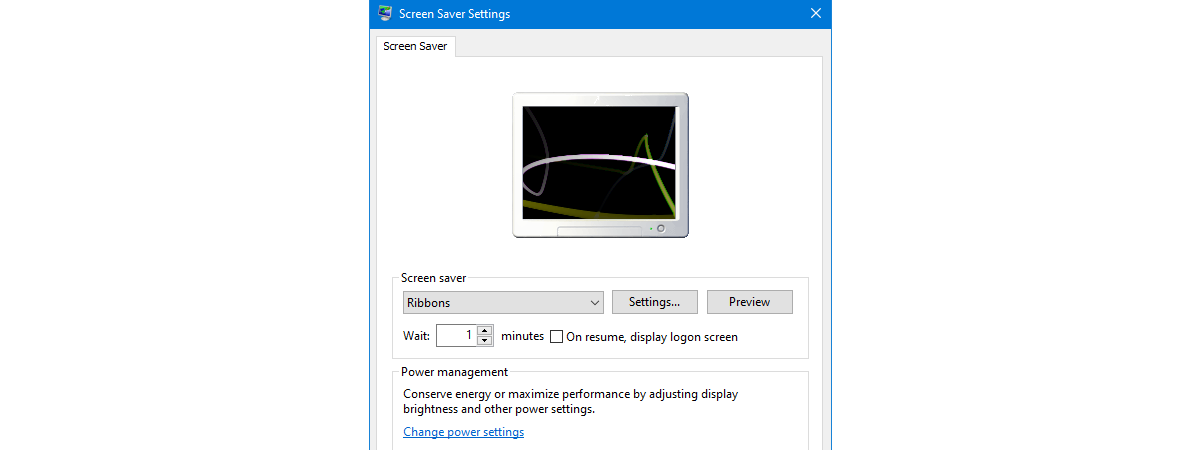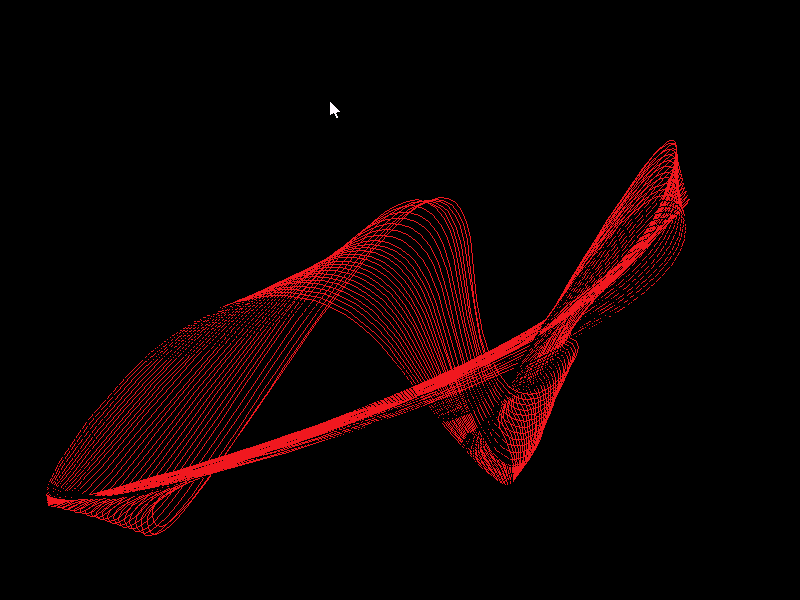

The final else clause belongs to the initial if statement and is executed if there are no command line parameters when we simply show the screensaver.Īt some point in the future we are going to have to supply functions to deal with all three possibilities but for the moment all we need is the ShowScreenSaver function. You could use nested if statements but a switch is so much neater and easier to follow: The result can now be used to decide what to do. Given the simple nature of the possible parameters we can convert them into a standard form of two characters in lower case:


If there are any command line parameters the args string will have a length greater than zero: The main function receives the command line parameters as a single string, which is called “args” for "arguments" by default: a main function that is run when the application starts.

Run old screensavers windows 10 code#
This provides you with the initial code you need, i.e. Start a new C# Console project called ScreenSaver1. The good news is that you really only need to support the /s option to create the simplest possible screensaver. Show the configuration dialog box with no parent window. Show configuration dialog box with whatever window is currently active as the parent The only additional thing we need to take into account when writing a first screensaver is that the screensaver loader passes the screensaver a command line parameter to tell it what to do. Well there is a little more to it than this but this is a good starting point for a program. If you select a screensaver then when the machine has been idle for the specified amount of time it is loaded and run as a standard EXE file would be. They also live in either the Windows/System or Windows/System32 directory.
Run old screensavers windows 10 .exe#
EXE files with their file names changed to end in. Although screensavers seem complicated they are just standard. It’s always helpful to examine the simplest example of a project type so that you can really see how things work. There have been various attempts over the years to create a screensaver “framework”, which have generally only made something very simple seem much more difficult. It turns out to be surprisingly easy but if you look it up in the documentation you might not think so. So how do you create a screensaver application? a way of using otherwise waste computing time… Saving screens So perhaps screensavers aren’t a complete waste of time – in fact they might well be just the opposite, i.e. What the screensaver does after it has been loaded is entirely up to you and when you realise that a screensaver will run even before you have logged on to the machine and you can see that the scope for clever stuff is even greater. Notice that it is usual for a screensaver to unload itself when the user presses a key or moves the mouse – but this isn’t mandatory. This provides us with a way of running a program when the machine is idle and a way of presenting the user with some information on their return. If the user hasn’t pressed a key or moved the mouse for a set time then the configured screensaver kicks in. The screensaver is no longer needed as a way of protecting displays from damage due to “burn in” but it is a very useful way of automatically running a program. However, this doesn't mean it isn't useful in other ways and it is supported on all versions of Windows including Windows 10. The screensaver is an example of a vestigial technology - it no longer serves its original purpose.


 0 kommentar(er)
0 kommentar(er)
